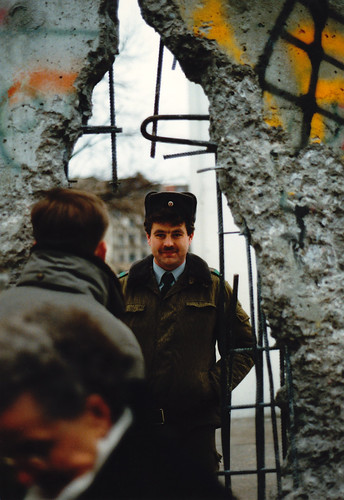On Historical Analogies and Martyred Saints: Is it 1989 for Iran?
Historical analogies must be used only when the similarities and dissimilarities of the two things are borne overtly in mind. How are communist Europe and today's Iran alike, and how are they different? And what does this mean for the policymaker?
Probably the most important difference is that the current regime, just 30 years old, was brought into being by a popular revolution led by a charismatic figure. With the partial exception of Czechoslovakia and partisan-liberated Yugoslavia, communism was imposed by Soviet force in Europe. Stalin himself once said that imposing communism on Poland was like putting a saddle on a cow. By contrast, a lot of living people in Iran fought to bring about the regime that is now wobbling, and many still support it. ...
Vaclav Havel loved Lou Reed, and the youth of Iran love blue jeans and make-up. There is a genuine longing for cultural freedoms among some (if not all, especially the rural and conservative). Another x-factor is the role of murdered saints. The Hungarian revolution centred in large part around a national martyr: the reburial in 1989 of Imre Nagy, the executed leader of the 1956 anti-Soviet uprising. Iran has no shortage of martyrs that stoke anti-regime fervour, especially Neda Soltan and now Ali Mousavi. Worse for the regime's supporters, Shia Islam's tradition, from its very birth, is to revere the martyr slain by the evil caliph.


No comments:
Post a Comment